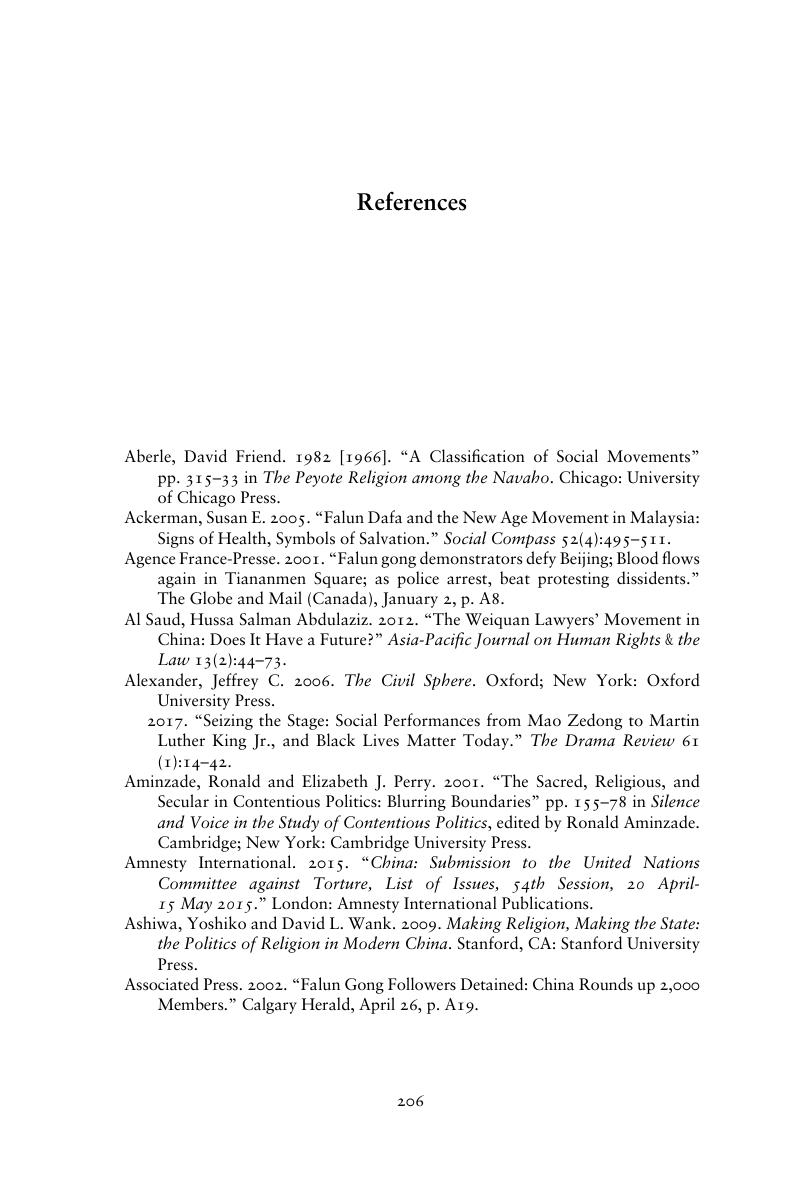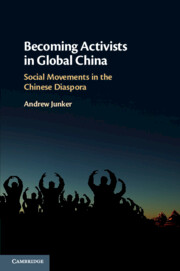Book contents
- Becoming Activists in Global China
- Becoming Activists in Global China
- Copyright page
- Contents
- Figures
- Tables
- Acknowledgments
- Introduction
- Part I Thinking Comparatively
- Part II The Cases
- Part III Making Social Movements in Diaspora
- Appendix Research Design, Methods, and Sources
- References
- Index
- References
References
Published online by Cambridge University Press: 08 February 2019
- Becoming Activists in Global China
- Becoming Activists in Global China
- Copyright page
- Contents
- Figures
- Tables
- Acknowledgments
- Introduction
- Part I Thinking Comparatively
- Part II The Cases
- Part III Making Social Movements in Diaspora
- Appendix Research Design, Methods, and Sources
- References
- Index
- References
Summary

- Type
- Chapter
- Information
- Becoming Activists in Global ChinaSocial Movements in the Chinese Diaspora, pp. 206 - 218Publisher: Cambridge University PressPrint publication year: 2019



